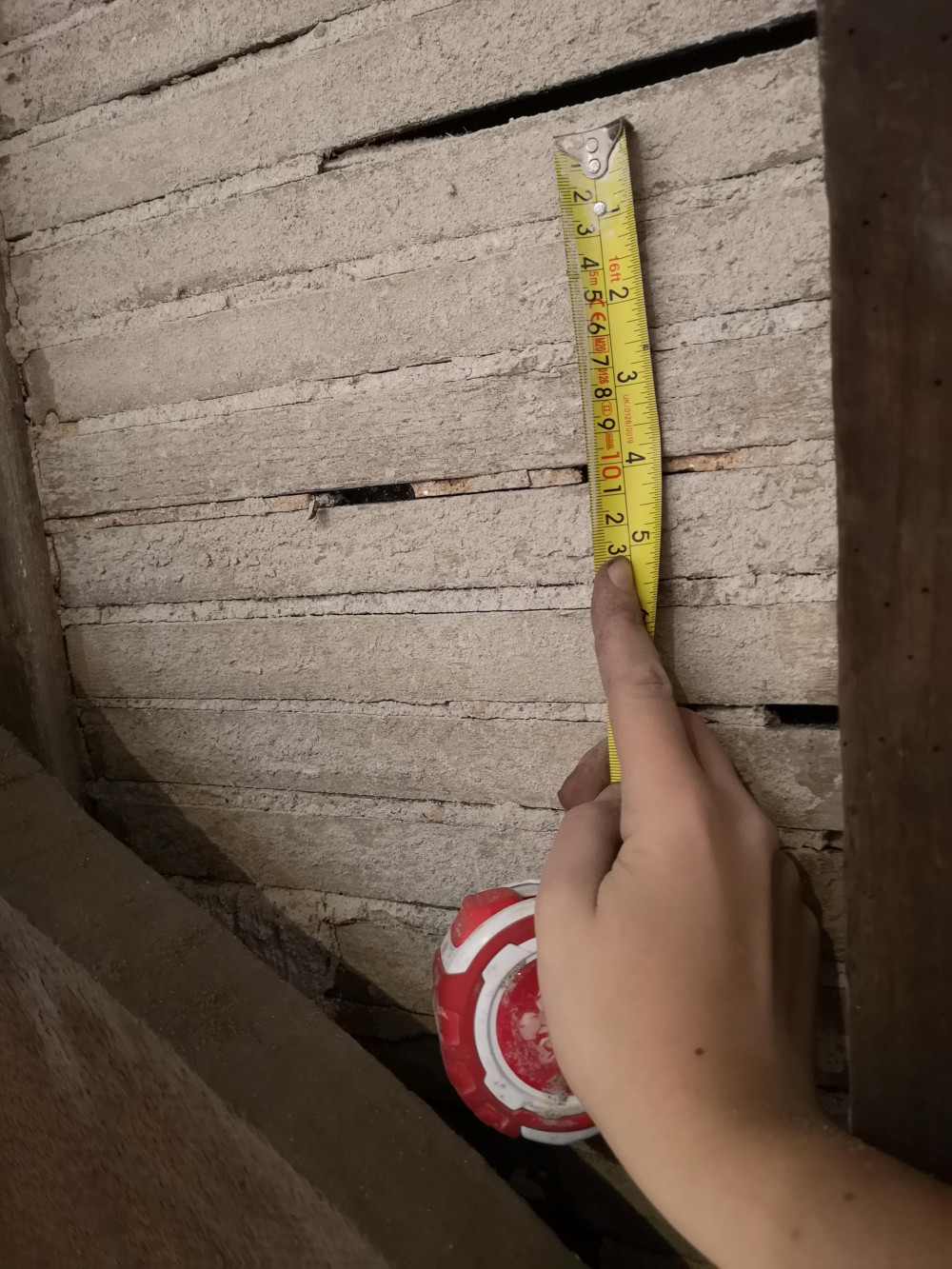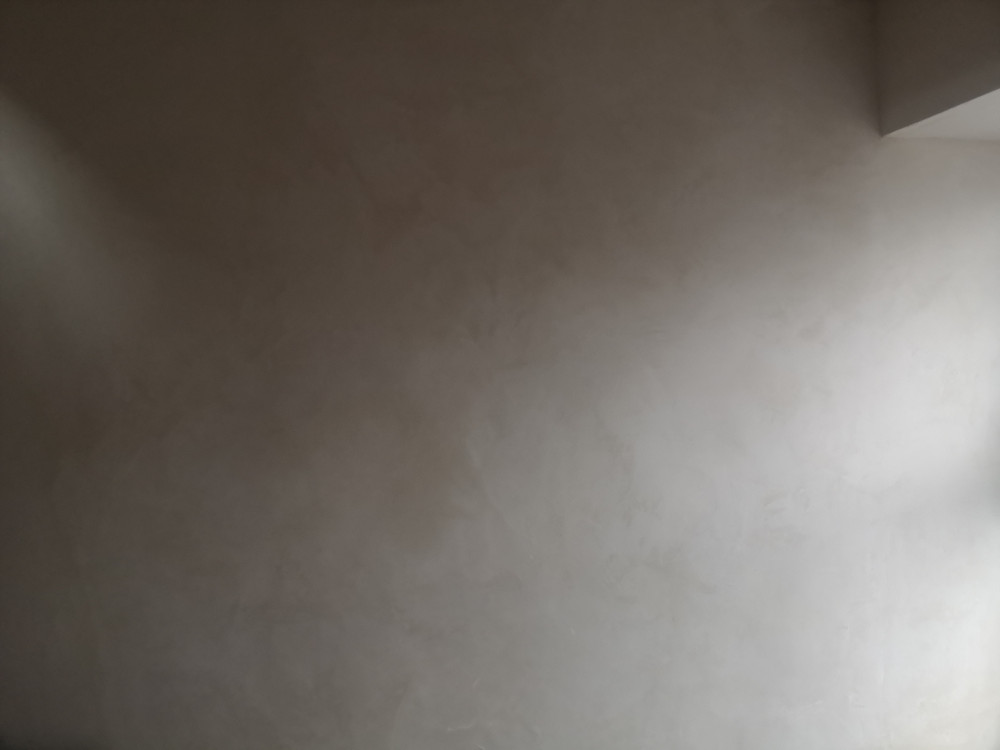Common failures in lime plaster and effective solutions

Water damage, subsidence, poorly lathed ceilings and insufficiently haired lime plasters are the most common reasons for failure in historic lime plaster.
Key signs of water damage include falling plaster, swollen pockmarks in the paint and top layer of plaster, behind this the perished plaster can be brushed away by hand. Cracks and hollow sounding patches, flaking paint and peeling wall paper are all signs of water damage. It is important to rectify the leak, whether it’s in the plumbing or the roof, and allow the area to dry before replastering. We take a conservation approach in our preference for localised repairs and retaining plaster which can easily be fixed. Damaged plaster which has lost its structural integrity is usually removed. In special cases where the plaster has special historic significance, for example a historic fresco or ceiling rose is present on the surface of the plaster, a conservation approach of securing and re-adhering material would be adopted.
Lime plaster is the best material for most historic buildings alongside new buildings that want to breath.
